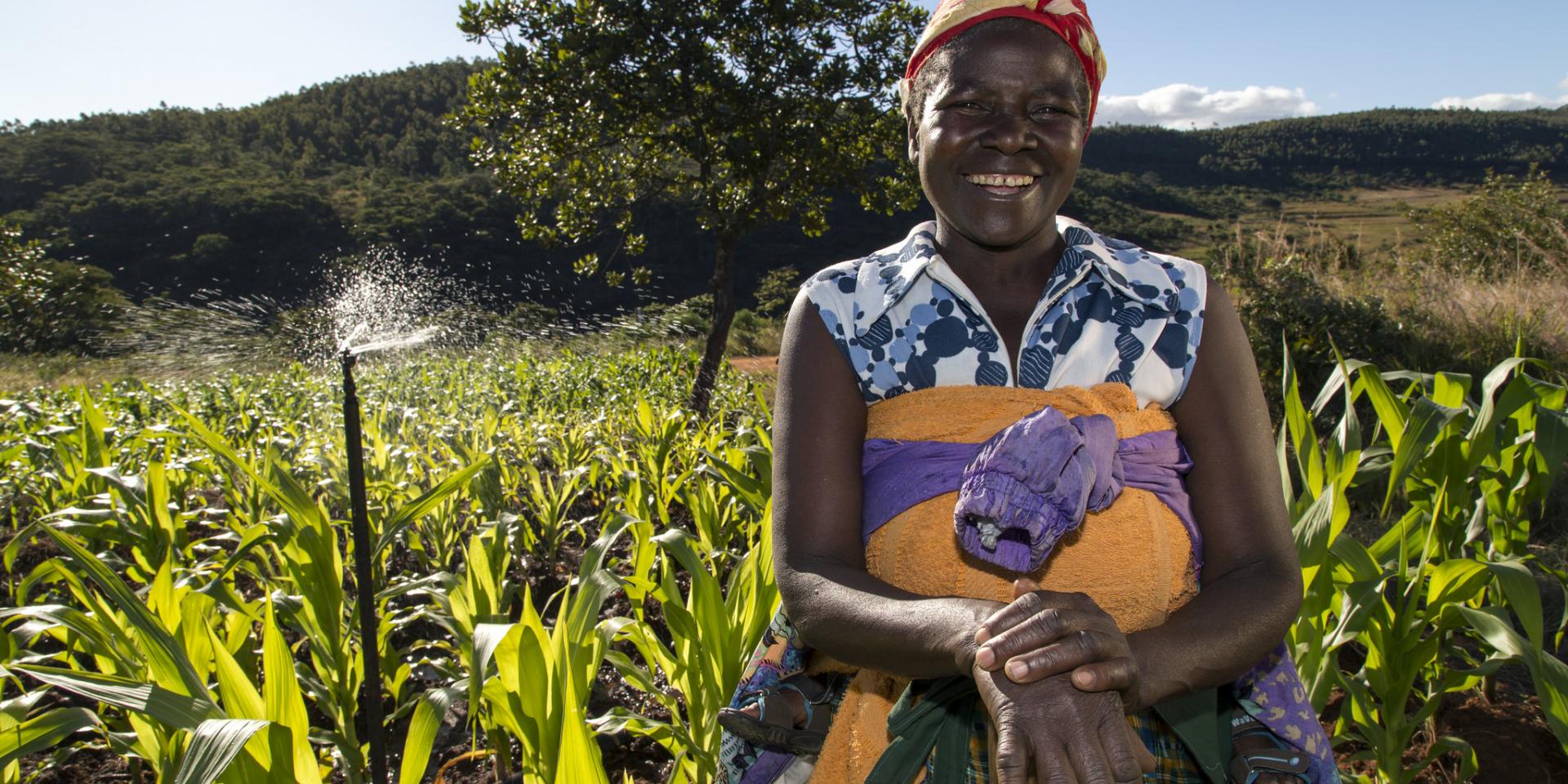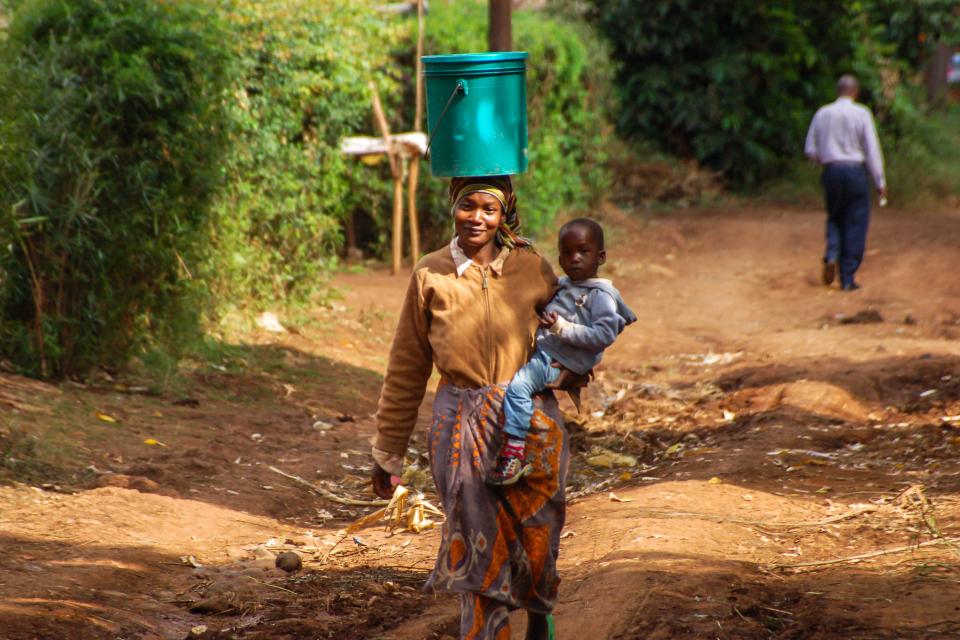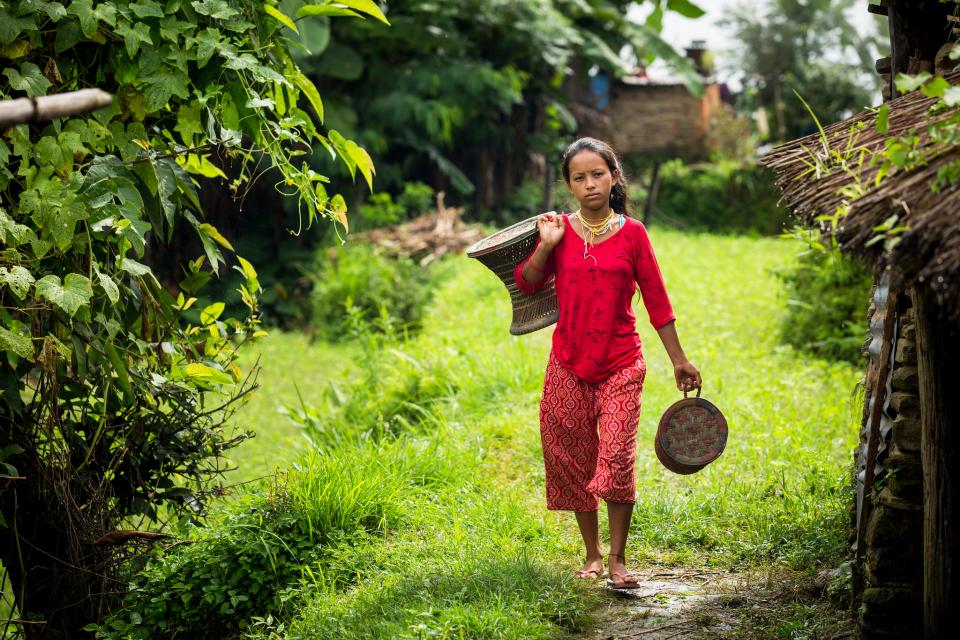Lessons from a decade of the women’s empowerment in agriculture index (WEAI)
 Photo: David Brazier/IWMI
Photo: David Brazier/IWMI
Since its launch in 2012, IFPRI’s Women’s Empowerment in Agriculture Index (WEAI) has been used by over 230 organizations across 58 countries to track progress in empowerment and gender equality. A Feb. 16 IFPRI event marked the WEAI’s 10th anniversary, focusing on lessons learned over the past decade and potential paths going forward.
In particular, WEAI will be an essential tool as the COVID-19 pandemic and climate change impacts continue to exacerbate gender disparities in agriculture and food systems, IFPRI Director General Johan Swinnen said in his opening remarks. The WEAI family of tools can help to pinpoint such disparities and evaluate the effectiveness of strategies that increase women’s empowerment, helping in efforts to build equitable systems as the world continues to change, he said.
What is WEAI? How did it start and evolve?
Ten years ago, the U.S. Agency for International Development (USAID) was actively aiming to include more women in its programming, especially Feed the Future, said Jim Barnhart, Feed the Future’s Deputy Coordinator for Development. Assessing this process required a new tool, and USAID approached IFPRI and the Oxford Poverty and Human Development Initiative (OPHI), which developed WEAI.


